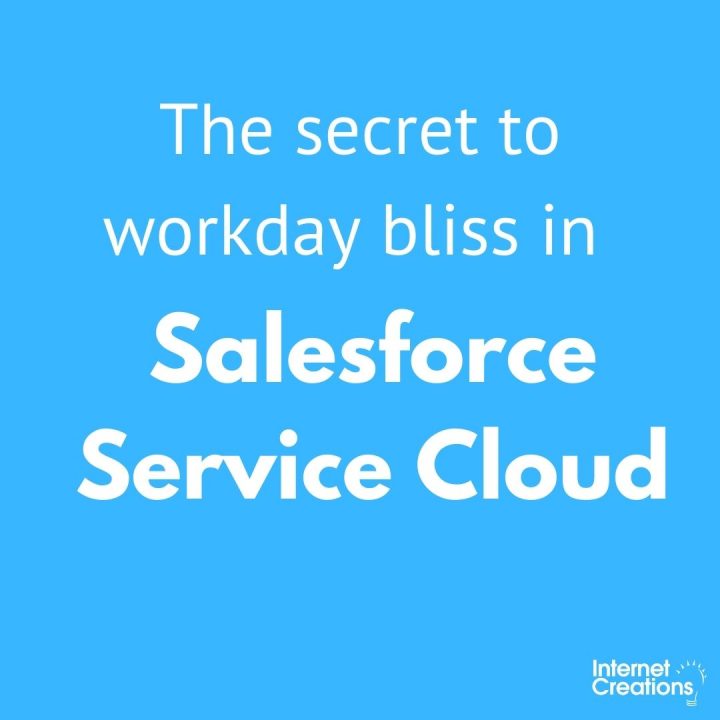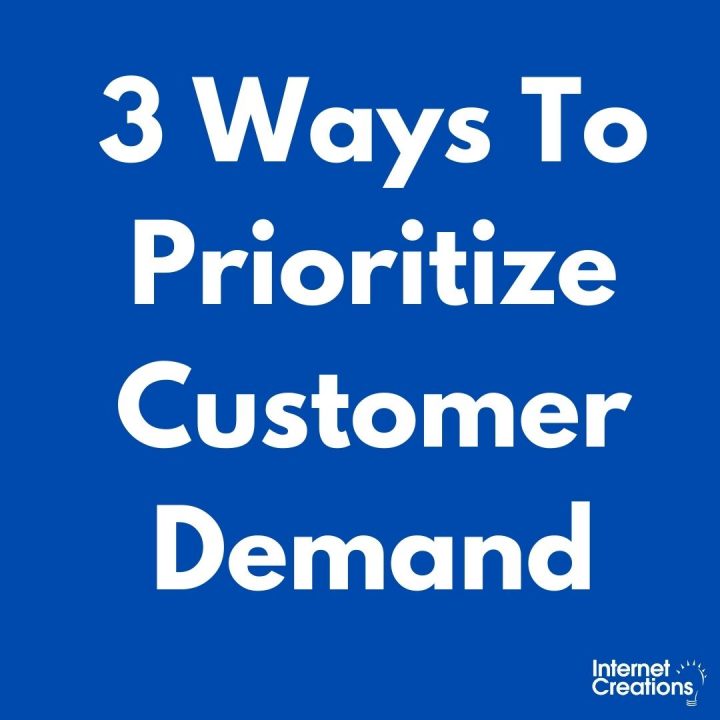Beyond “Your Name | Setup | Administration Setup”
Best Practices for Administrators: Okay, so you’ve implemented Salesforce – now what?
You’re probably familiar with the term “Rockstar Admin.” Likely coined at some random Dreamforce in the distant past, this phrase refers to any Salesforce.com Administrator who is an active leader within their company. This person will exemplify all the necessary skills to create and maintain a successful system, while displaying Best Practices post go-live. Scouring the Help & Training section in Salesforce.com will pull up tons of documentation to coach you on how to implement Salesforce. It will suggest how many administrators to hire based on your amount of users, what type of duties are anticipated from the Admin, and perhaps offer links to a few training sessions or certifications. Beyond that, you can search keywords on how to perform out-of-the-box functions. While this is all helpful information, you’ve already implemented Salesforce…and YOU are the Administrator. Your org is live and ready for action. Your users are flooding your inbox with ideas and requirements in order to properly use the program within their department. Now what?
This article is not intended as an end-user training for the recent implementation of your Salesforce org. Rather, we will discuss how to live out the important role of System Admin, and tips to providing strong leadership from the start.
The System Admin will be held accountable to perform many specific functions based on their business’ unique structure. The list below provides a broad outline for what can be expected from a strong leader. Be prepared to tackle the following:
- Proactively manage your entire system
- Maximize your company’s ROI
- Guide your team to keep clean data
- Listen to your users and move at the speed of their requests
- Endorse new features and be well-versed in their functions
- Evaluate process efficiency and measure success rates
- Be innovative and open-minded in an ever-changing environment
In order to execute the points listed above, practice the following habits to cultivate a well-oiled machine:
Determine your company’s priorities
This is typically the starting point for any project: you need to determine what your efforts will accomplish in order to create your steps to success. Once you know your goal, you can better sort out your priorities.
If your company has 5 users and hopes to utilize Salesforce to collaborate on sales, monitor your pipeline, and close deals, then these factors should be at the forefront of your mind when making improvements and changes within your org. However, if your company is a call center with 250 users, your priorities will be very different. Become well-versed on existing processes within your company’s departments, then brainstorm ways to improve them. Pass your ideas by employees on a user-level to measure their potential value, and use your collected data to prioritize. This is all based on the business model, structure, and existing workflow processes. If priorities are difficult to nail down, try discussing this topic with upper management, an internal analyst, or department heads.
Keep open lines of communication with your users
Above all, these people are quintessential to the success of your org. In order to understand which functions to provide to your users and increase process efficiency, you first need to know their requirements. Keeping a log of user requests for changes within your Salesforce org is a demanding task in itself, especially within a changing environment. Salesforce provides tools to collaborate efficiently: Chatter Groups, Tasks, and Approval Processes, just to name a few. Find what works within your company to effectively hear your users’ requests. A user request could be something as small as editing a value within a picklist field. But if it improves overall productivity for an entire department, it could accomplish something much greater.
Train users on the different levels of priority
So, now that you’ve opened the lines of communication, the messages are piling up. If you’re noticing an overwhelming amount of change order requests, perhaps it’s time to schedule a training with your team on how to gauge the different levels of importance. Since you’ve already determined your company’s priorities, you should be able to explain to your users how a department or even an object within Salesforce takes precedence over another. This is another case in which it might be best to have department heads and/or management supporting your approach. Once you have communicated the levels of priority, you can make changes within your org at a steady pace and minimize any associated risks.
Plan before you click
What’s the risk involved? If you’re new to all this, you may not understand the level of risk involved in making changes within Salesforce, especially if you have a ton of organized data and frequent users. The program has the capability to warn an Admin before deleting a field or object (if data exists), so no records or information is lost. But something as simple as changing a field from a picklist to a multi-select picklist could alter the way your users view their data. It gets worse… ask an experienced Admin about enabling Multiple Currencies… let’s not even go there.
The point we are making is that it’s not a bad idea to forecast what each and every change will do to your data as a whole. Question how it will affect existing workflow processes, running reports, dashboards, and how users view data based on their permissions. It is a lot to consider, thus adding another layer of importance in the role of System Admin.
Adopt a methodology
A methodology (your developed and proven-successful procedure) is only useful if you document and practice it. Keeping consistency in your activities is key. Try hosting a “change management meeting” with decision makers in your company to discuss the productivity of your org and where improvements can be made. From there, adopt a method to go through each step listed above: gauge the importance, evaluate the risk, implement the change, and monitor the results. Some level of consistency can be possible and will be useful in an agile environment.
Monitor and celebrate internal accomplishments
A proven best practice is to notice when something is working. The saying goes, “if it’s not broke, don’t fix it.” Without a doubt, that concept applies to this idea. If your users are importing data sans duplicates, sending mass emails using HTML templates with consistently successful merge fields, and responding to Cases at a rapid pace, you’re doing something right. It might be a good idea to institute a project status report whenever you implement high-level changes within your company’s org. Monitoring the success rate of these customizations will also show your users that your efforts are proving successful, and will assist in gauging ROI for your overall purchase of Salesforce.
Don’t Digress!
Finally, it’s best to remember to keep your data and business processes within Salesforce. If you feel like the out-of-the-box Salesforce functionality has failed you, or you can’t find a solution for an issue, don’t give up. Salesforce provides a rich network of knowledgeable customers, partners, and developers. Reach out to a fellow admin, contact your Salesforce Representative, or seek Partner support for a consultation and assistance. Odds are, someone has come across the same problem and can offer a solution. Try searching the following:
Customer Resources: Learning Center, Answers, IdeaExchange
Twitter: use the hashtag #AskForce and include @salesforce when submitting your question
AppExchange: search Apps or Consulting Partners to discover the plethora of Services and Products that can provide specific solutions for your frustrations. (And feel free to check us out on the AppExchange while you’re at it!)
Bottom line:
A knowledgeable and resourceful Administrator = A healthy and maintained system
As Internet Creations specializes in the Service Cloud, we recommend Administrators obtain their Service Cloud Consultant Certification. It encompasses the whole picture of the Service Cloud rather than just Case Assignment Rules and Page Layouts! Keep up with the release of new Service Cloud features by reading all Service-related seasonal release notes. Contact us at any time if you have questions or need additional assistance.
- Internet Creations is Hiring! - May 15, 2012
- Salesforce for Government - May 8, 2012
- Salesforce Summer ’12 Release - April 26, 2012


